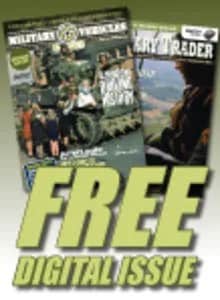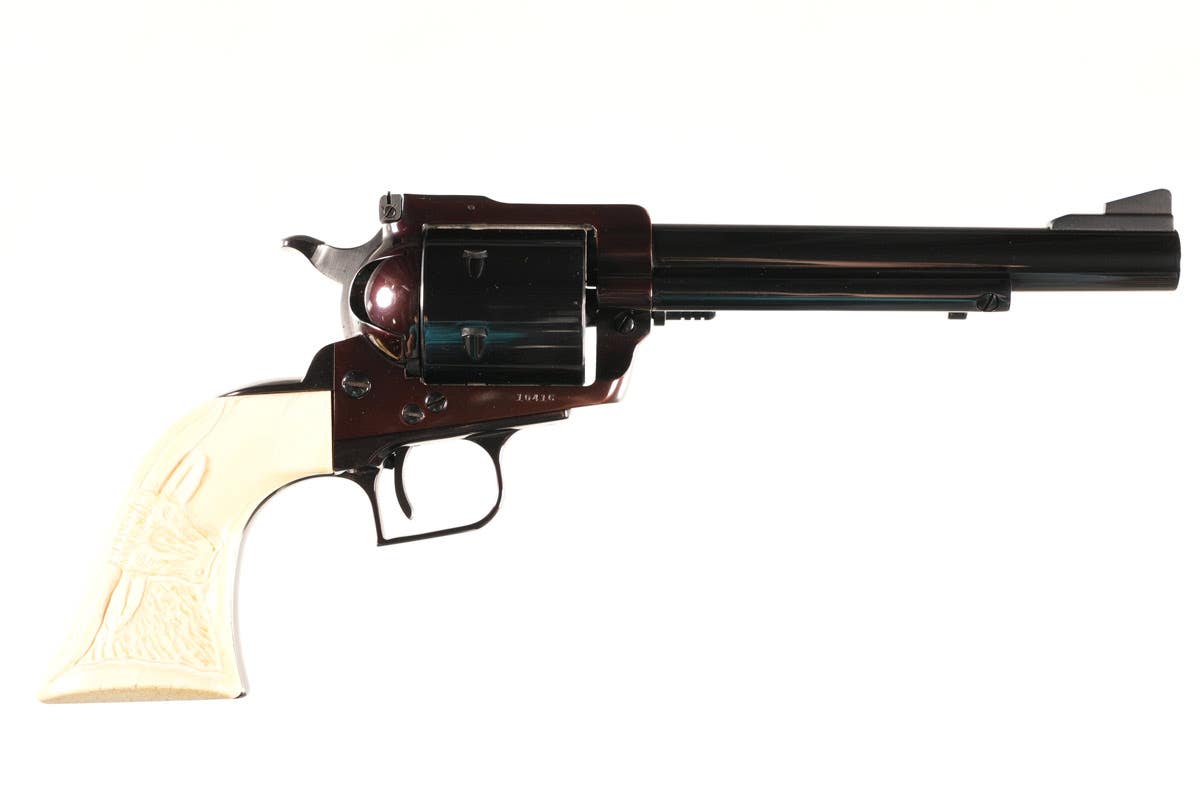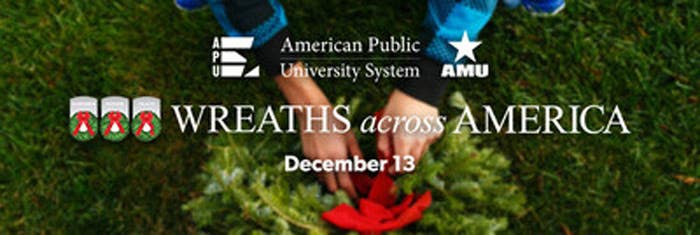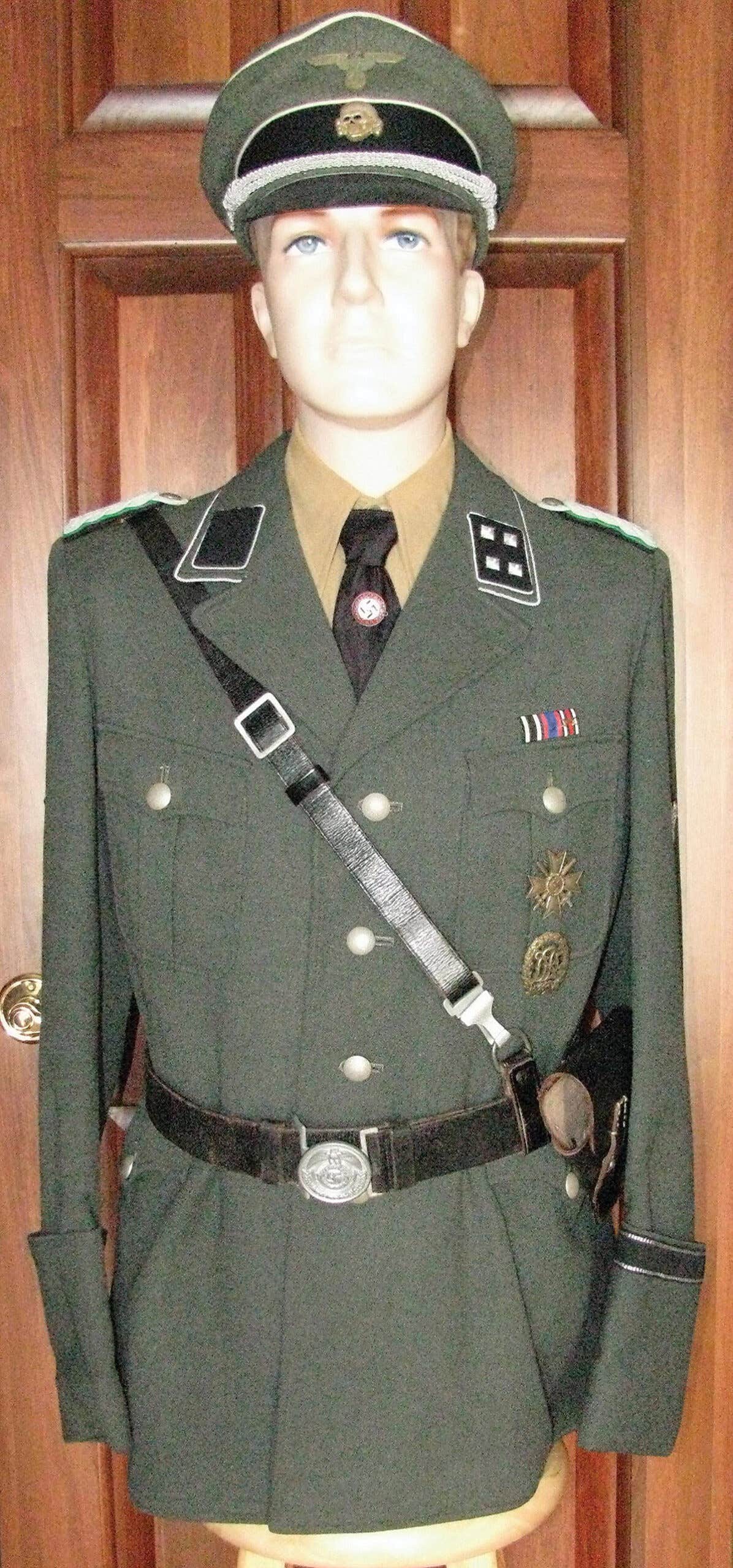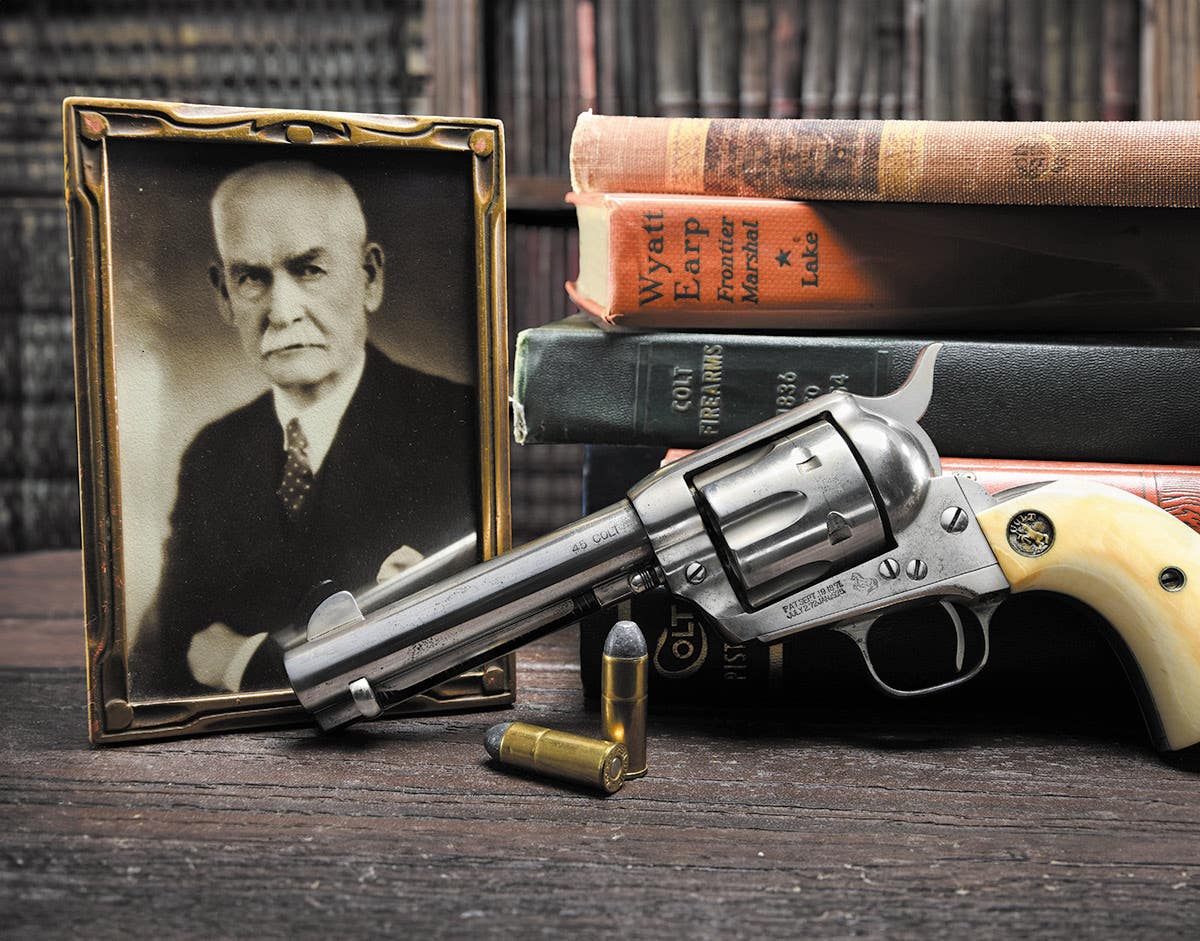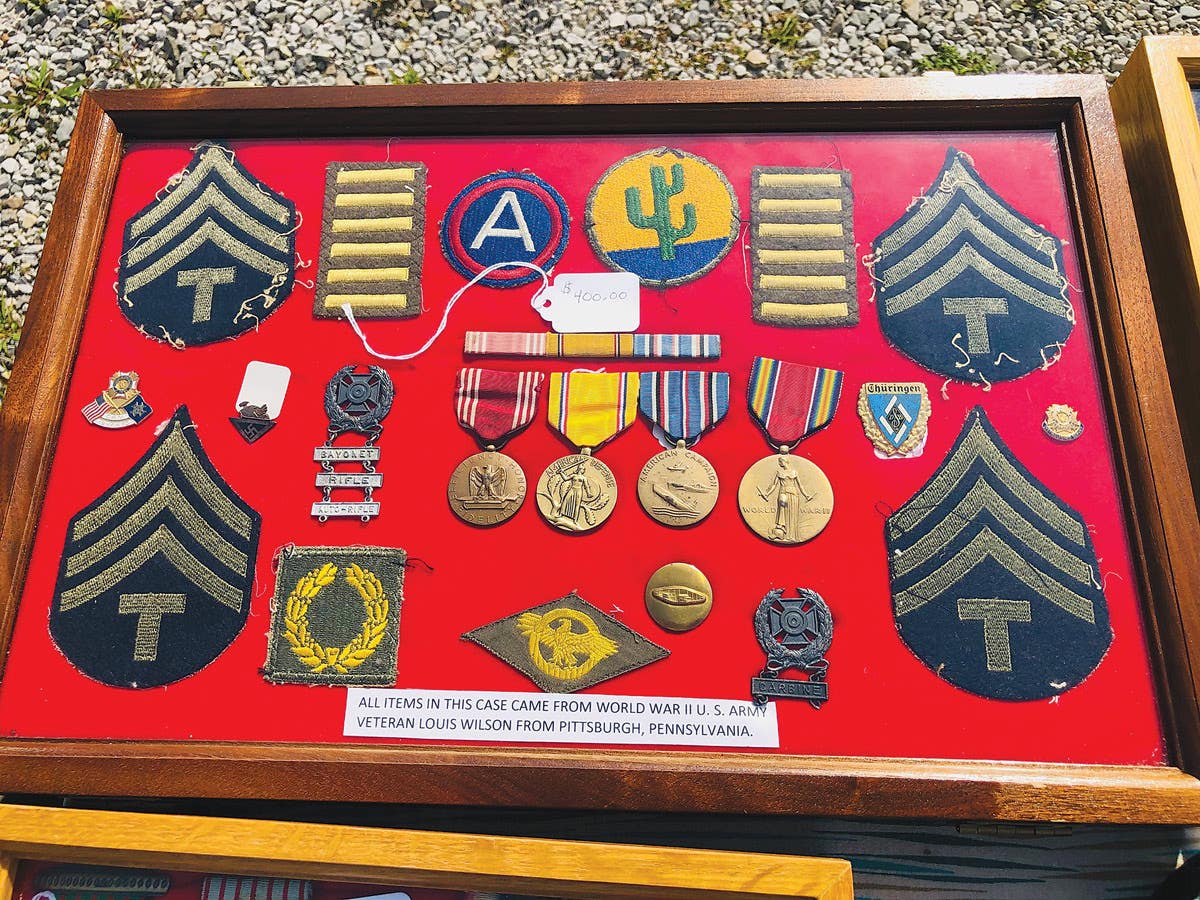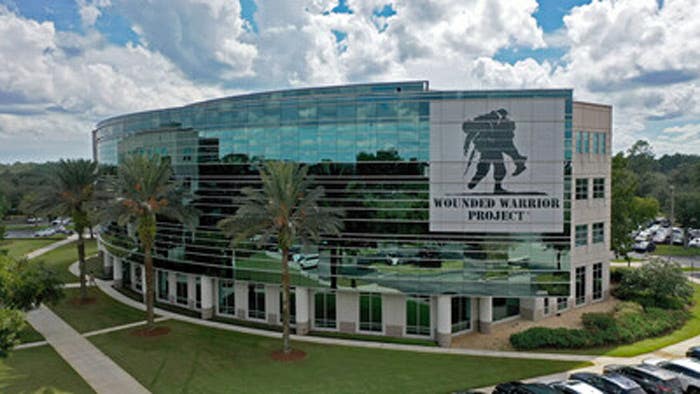Third Army Portraits: A study of studios used by the Army of Occupation
By Alexander Barnes Many American servicemen have also been relentless souvenir collectors. Those serving during the early part of the 20th century were no exception. One of the favorite souvenirs…
By Alexander Barnes
Many American servicemen have also been relentless souvenir collectors. Those serving during the early part of the 20th century were no exception. One of the favorite souvenirs of the Doughboys assigned to the occupation of the German Rhineland from December 1918 to February 1923 were portraits of themselves and their friends in uniform. In response, numerous German photography studios in the American zone were more than happy to fill this need. For several years now a number of the members of the Third Army WWI group on Facebook have been trying to locate and put a name to some of these studios as each appears to have a very distinct signature background or prop arrangement.
Among the most notable studios was one that used a painted backdrop showing a partially open window. Looking very much like a set from a 1920s German horror film, the portraits from this studio are almost instantly recognizable by collectors. The address and name of the studio however remained beyond the grasp of those seeking it. Recently, however, there was a breakthrough.
On the back of a Third Army portrait from this studio, recently found at a militaria show in Richmond, was not only the date and written name of the studio but also the street address. So now, for posterity, we can identify these “twilight zone” portraits to the photography studio of Theodor Loos on 6 Schloss Strasse in the city of Coblenz. Ironically, along with the studio information, the soldier included a list of all of the folks he was going to send copies to (including his mother, Caleb & Myra, Ida Phillips and Auntie Rix) but neglected to add his own name to the back of this “Rosetta Stone” photo.
With one mystery solved, there are many more unidentified studios to locate and document. The basic source document for the American Army of Occupation during the period of 1919 to 1921 is the small booklet, Review of the American Forces in Germany, published by James G. Adams in Coblenz in September 1921. A combination “Who’s Who,” school yearbook, and yellow pages, Adams’ Review is required reading for those looking to study and understand the duties and experiences of the American soldiers serving in the German Rhineland after the First World War.
In the advertising section of Adams’ book, there are other Coblenz photography studios listed: the “Hockenberry Studio” and the “Photo and Sport House Rudolph Pillen,” both of which are located on Schloss Strasse.
Among the many other ads is an intriguing advertisement for the “Pekin,” ostensibly the first Chinese Restaurant in the Rhineland and run by the local American Legion Commander; serving authentic Asian food along with “Rhine Wine, French Champagne or a glass of Coca Cola.” Perhaps even more appealing is a visit to another local eating establishment also run by a former doughboy: the Baltimore Lunch Room and Restaurant. Among the Baltimore’s claim to fame is that a “soldier with an appetite but no ready cash can procure a meal ticket, good for meals, drinks and cigars on credit and pay for it on pay day.” Very handy for a soldier who has just spent his money on portraits.
There were also a number of photography studios located in Treves (Trier), the other large city in the American zone. Fortunately, a number of them are easily identifiable because they stamped their names on the portraits
Therefore, the studios in Coblenz remain our current target for identification. Of particular interest would be locating portraits made in the Coblenz studio operated by Karl Baer.
Baer was suspected, with good reason, of being a spy for the German intelligence service in Jersey City, New Jersey, before the war and was arrested in Coblenz in June 1919 for impersonating an American intelligence agent.
Alexander F. Barnes was born in Niagara Falls, New York, and grew up in an Air Force family. He enlisted in the Marine Corps in 1974 and then joined the Army National Guard in 1977, retiring as a Virginia Army National Guard chief warrant officer in 2004. He retired as a US Army Civilian at Fort Lee in July 2015. Barnes has a master’s degree in Anthropology and has authored 7 military history books His most recent World War One books have told the story of immigrants in the US Army and the close linkage of the Doughboys and baseball. He currently serves as the Command Historian for the Virginia National Guard.
